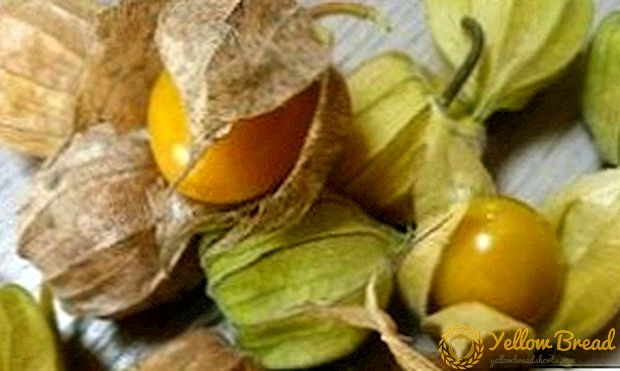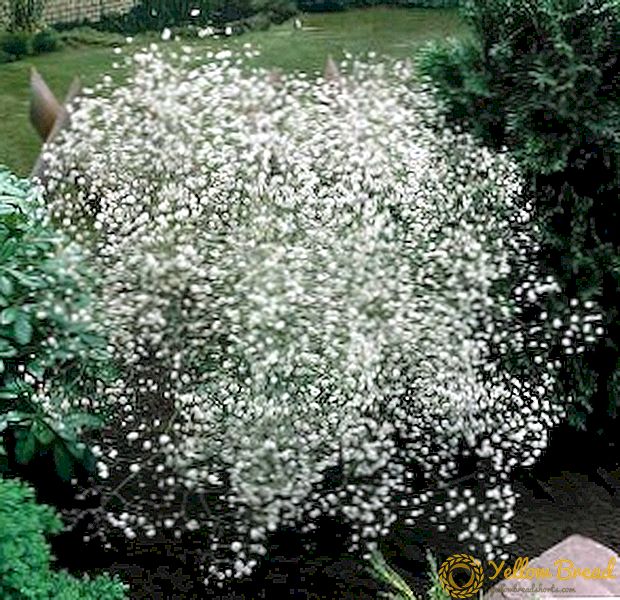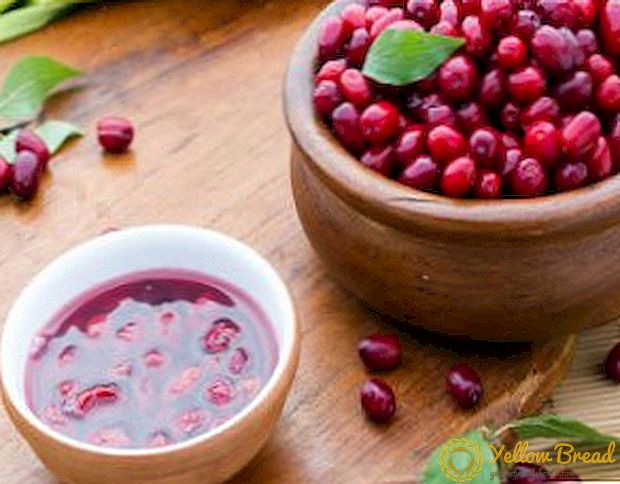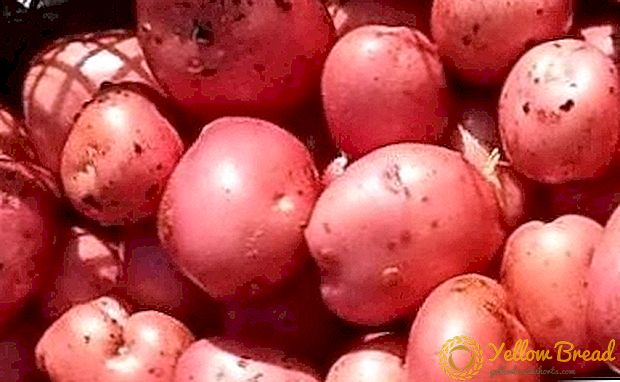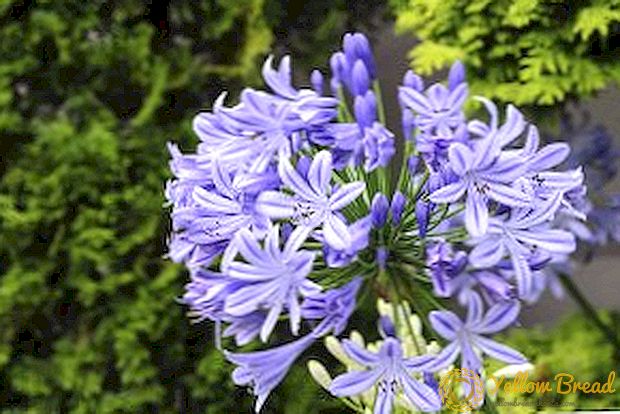
Eggplants and peppers are rarely sown directly on the beds.
The seeds of these crops hatch slowly, if the temperature and lighting conditions are not followed, the young shoots weaken and stretch out, or, on the contrary, slow down growth.
To ensure a good harvest will help properly grown seedlings.
Care for the seedlings of peppers and eggplants
For standard and greenhouse cultivation suitable compact standard varieties that do not require the formation and pinching. It is advisable to choose the first generation of hybrids, their fruits are especially beautiful and tasty.
Most gardeners prefer early ripening variations, but for home cultivation, you can experiment with late-ripening varieties that have an interesting rich flavor and special juiciness.
Seeds are sown 100 days before transplanting into the greenhouse.. For three months, seedlings gaining sufficient growth, but do not have time to lay flower buds. For eggplants and peppers need a light soil with a high content of humus. To it is worth adding sod or garden soil, peat or a small amount of sawdust.
For growing seedlings fit medium depth containers. They are filled with prepared soil, the seeds are sown with a small depth (1-1.5 cm). After planting, the ground must be sprayed from a spray bottle and placed in a container in heat.
 How to care for seedlings of peppers and eggplants? To grow seedlings without picking, you can plant seeds in separate containers.
How to care for seedlings of peppers and eggplants? To grow seedlings without picking, you can plant seeds in separate containers.
The most convenient way to use homemade cups, rolled out of a dense plastic film and fastened with stationery elastic bands. Capacity should be small, in too spacious pots seedlings can rot.
Before transplanting in a greenhouse, open ground or in a pot, you need to remove the film and gum and place the plant together with the earthy clod in the prepared hole.
The optimum temperature for germination - 26-28 degrees. Newly planted seeds should be placed closer to the battery, to preserve soil moisture, the container is covered with a film or cotton cloth.
After the appearance of sprouts, the temperature in the room should be reduced to 16-20 degrees.Such a regime will not allow young plants to stretch, strengthen and harden them. After 3-4 days you can raise the temperature to 20-22 degrees during the day and 18 at night. This schedule should be adhered to before transplanting plants for permanent residence.
A very important point is the lighting. After the appearance of sprouts the container moves to a bright light: window sill facing south, southwest, or southeast. If the light is not enough, over the seedlings will have to strengthen the lamp with a capacity of 40-60 watts.
Peppers and Eggplants love fresh air without drafts and moderate humidity. If the air in the room is too dry, you can spray the seedlings and the area around them with warm water. Every 2-3 days the box in the seedlings must be rotated so that the plants develop evenly.
Water seedlings once every 4-5 days with water at room temperature. After the appearance of 3 of these sheets, watering is reduced to 1 time per week. Excessive moisture can cause black legs: a disease that causes the death of young plants. Re-drying of the ground should not be allowed; if necessary, the soil can be sprayed from a spray bottle.
A month before planting in the ground or in the greenhouse begin hardening seedlings. Young seedlings are left under the open window, and after a few days they are taken out to the balcony. At first, walks last 30-60 minutes, gradually the time spent in the open air increases.
Growing seedlings of peppers and eggplants at home
 Next, let's talk about how to grow seedlings of peppers and eggplants at home?
Next, let's talk about how to grow seedlings of peppers and eggplants at home?
At the age of 3 months, grown seedlings can be transplanted to a permanent place of residence: under the film in the ground, in the greenhouse or in pots. At home, peppers are grown in spacious pots, each can be planted with 1 or 2 plants.
Dwarf bushes are planted in small containers with a capacity of up to 3 liters, larger plants need deep pots of 5 liters.
Before planting in the pot you need to put a peg for tying the stems. Pre-reinforced support does not injure the roots of the plant. The seedling is placed in the wells, which are spilled with warm water.
For successful growth of eggplants and peppers you need moderate heat, fresh air and bright light. At home, pots put on a glazed balcony, veranda, loggia or window. After transplantation, the plants are fed with a liquid complex fertilizer, combining top dressing with irrigation.
Under flat conditions, vegetable crops are often affected by spider mites or aphids. For the prevention of bushes need to regularly spray water. Processing is carried out in warm cloudy weather, after spraying it is recommended to open windows or take out the plants to fresh air. It is important to ensure that hot sunshine does not fall on wet leaves and cause burns.
In pots, the earth dries faster. The optimal irrigation schedule - 1 time in 6 days.
The surface of the soil can be thrashed with a thin layer of humus or sawdust, this will preserve the normal level of humidity. Watering peppers and eggplants should be in the morning or after sunset.
 Eggplants and peppers begin to harvest when the plants reach technological ripeness.Fruits become saturated color and gloss.
Eggplants and peppers begin to harvest when the plants reach technological ripeness.Fruits become saturated color and gloss.
At home, the fruits will not be too large, but they will retain juiciness and excellent taste. With the onset of cold weather, pots of plants can be brought into the apartment.
If the plants are illuminated and provide abundant watering, then in such conditions, fruiting will last until late autumn.
So, today we talked about how to grow seedlings of pepper and eggplant.
Useful materials
Read other articles on pepper seedlings:
- Do I need to soak the seeds before planting?
- How to grow black pepper peas, chili, bitter or sweet at home?
- What are growth promoters and how to use them?
- The main reasons why the leaves are twisted at the shoots and the seedlings fall.
- Terms of planting in the regions of Russia and especially the cultivation in the Urals and Siberia.
- Learn yeast based fertilizer recipes.

